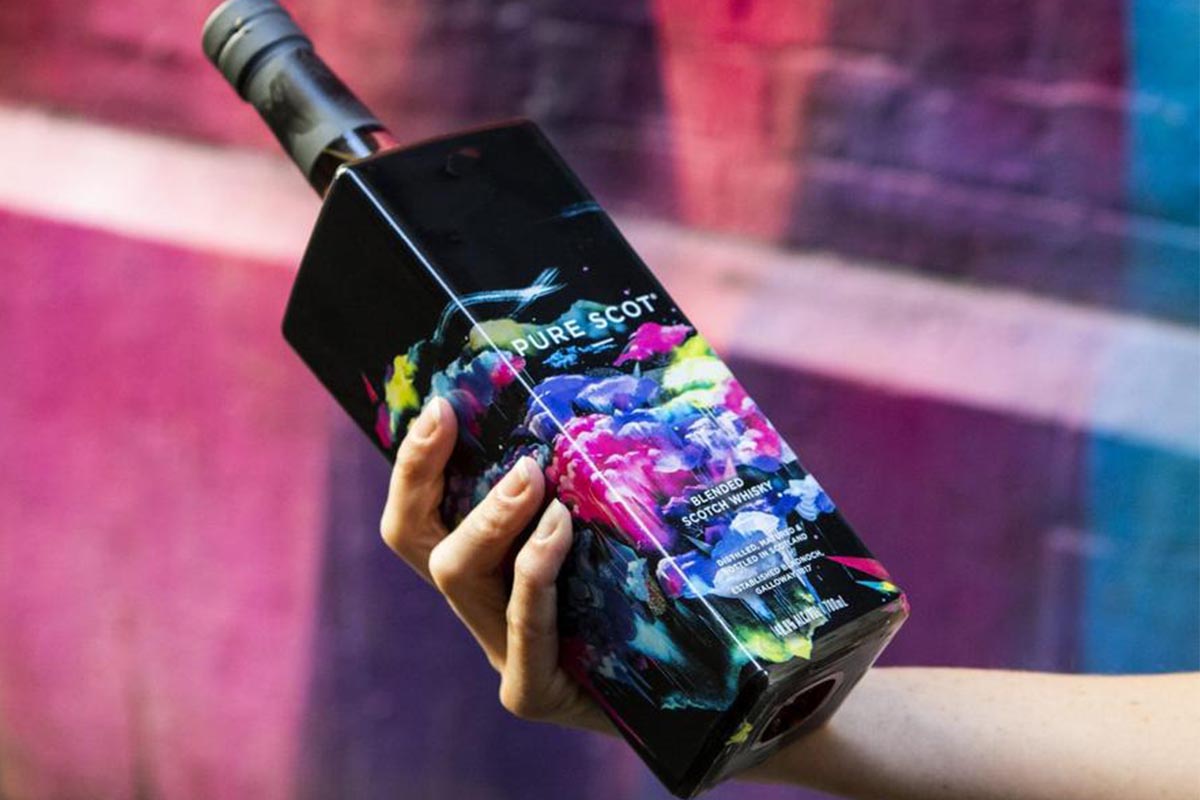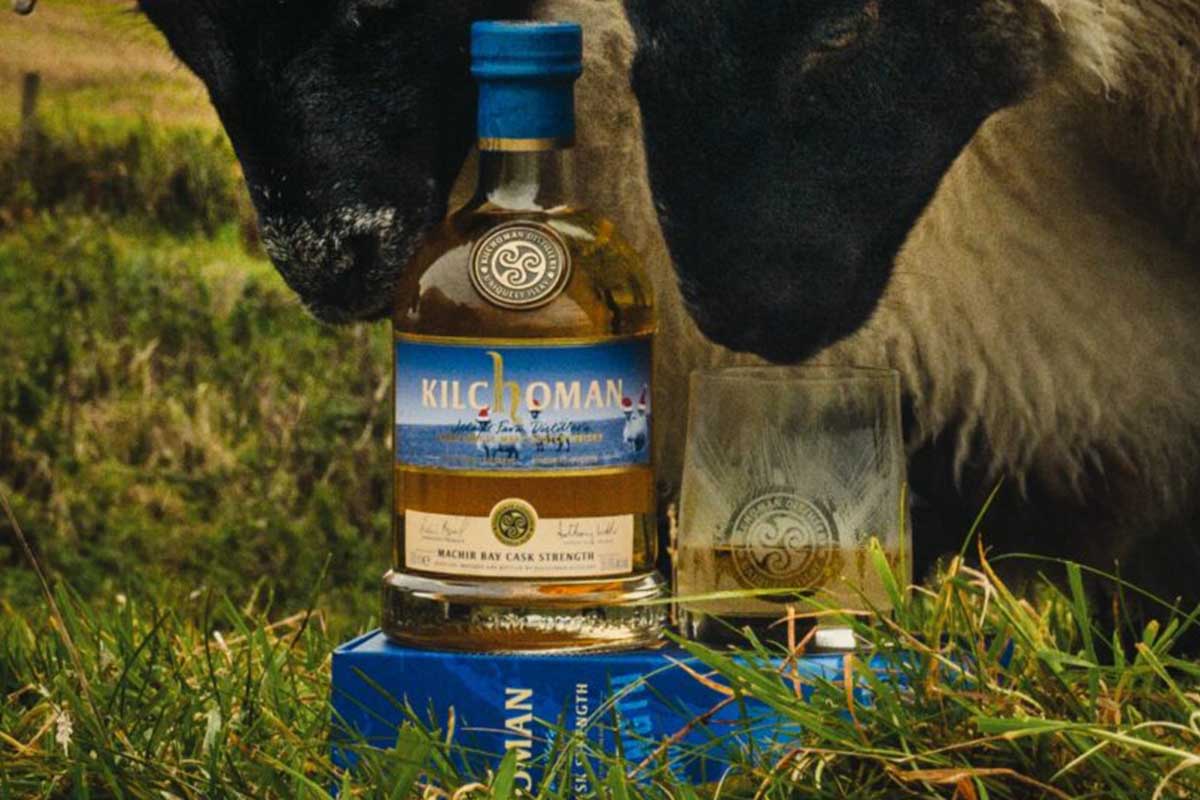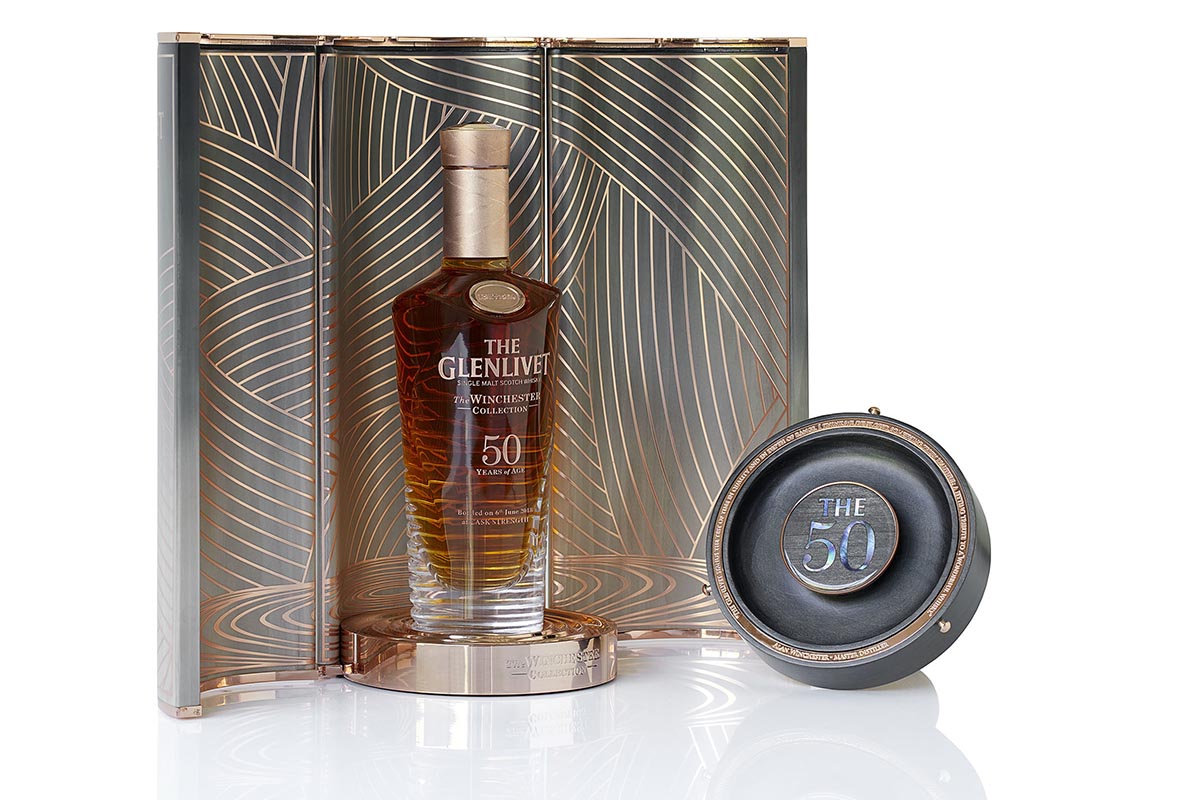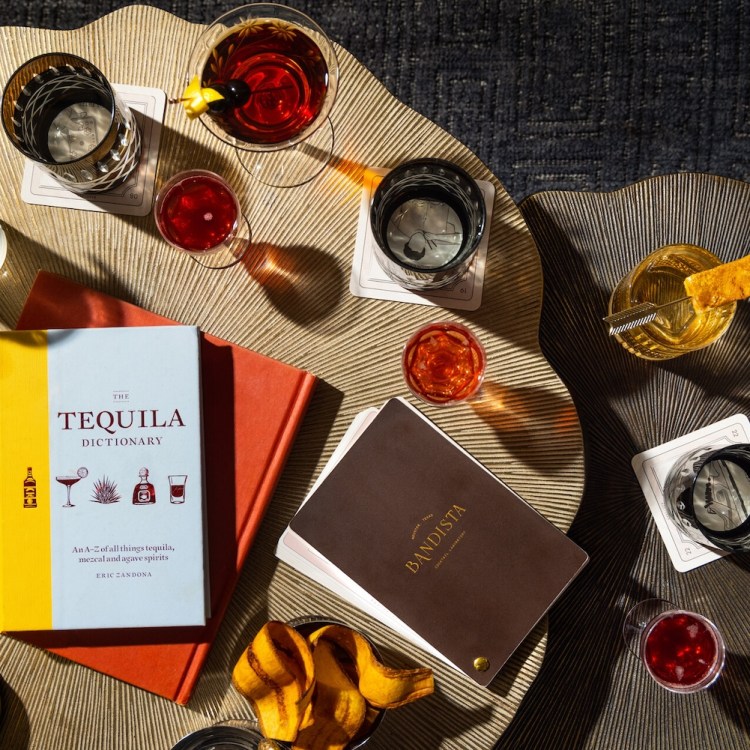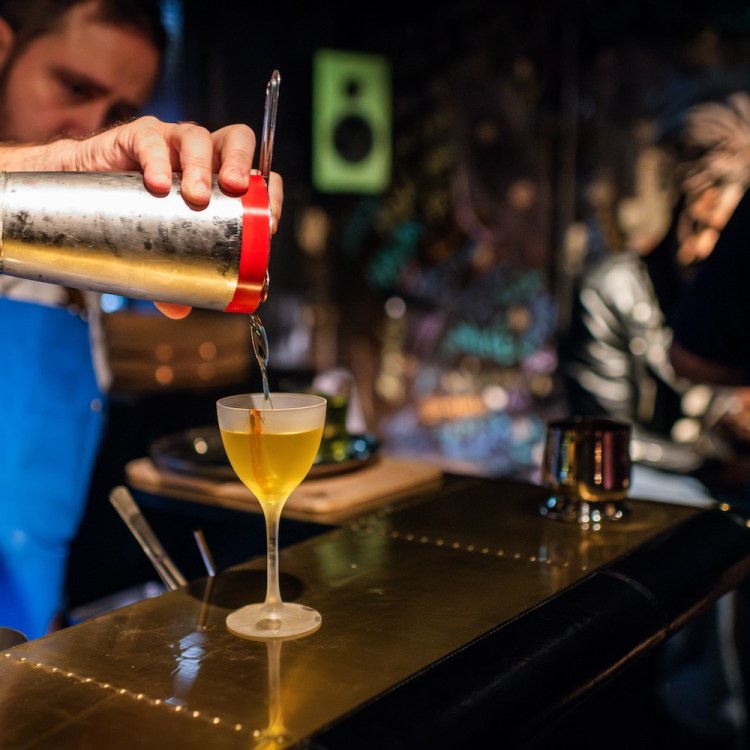“It almost defies logic.”
That’s how Stepheen Rankin, the Director of Prestige at Gordon & MacPhail Whiskies, describes the 80-year-old whisky we’re drinking during a small Zoom tasting.
The octogintennial liquid is Generations 80 Years Old from Glenlivet Distillery, a very limited-edition bottling from Gordon & MacPhail, itself a 126-year-old family-owned whisky creator that matches its own casks with spirits from 100 Scottish distilleries, often creating unique or one-of-a-kind bottlings.
Only 250 decanters are available worldwide of this record-breaking release — the oldest single malt Scotch ever bottled — with one bottle being auctioned off via Sotheby’s in Hong Kong in early October to benefit the charity Trees for Life. Besides the extraordinary age, the bottles themselves are housed in some exquisite packaging designed by British-Ghanian architect Sir David Adjaye (who, yes, is actually knighted and was also honored earlier for his work this year at an awards ceremony by the likes of Barack Obama and Bono).
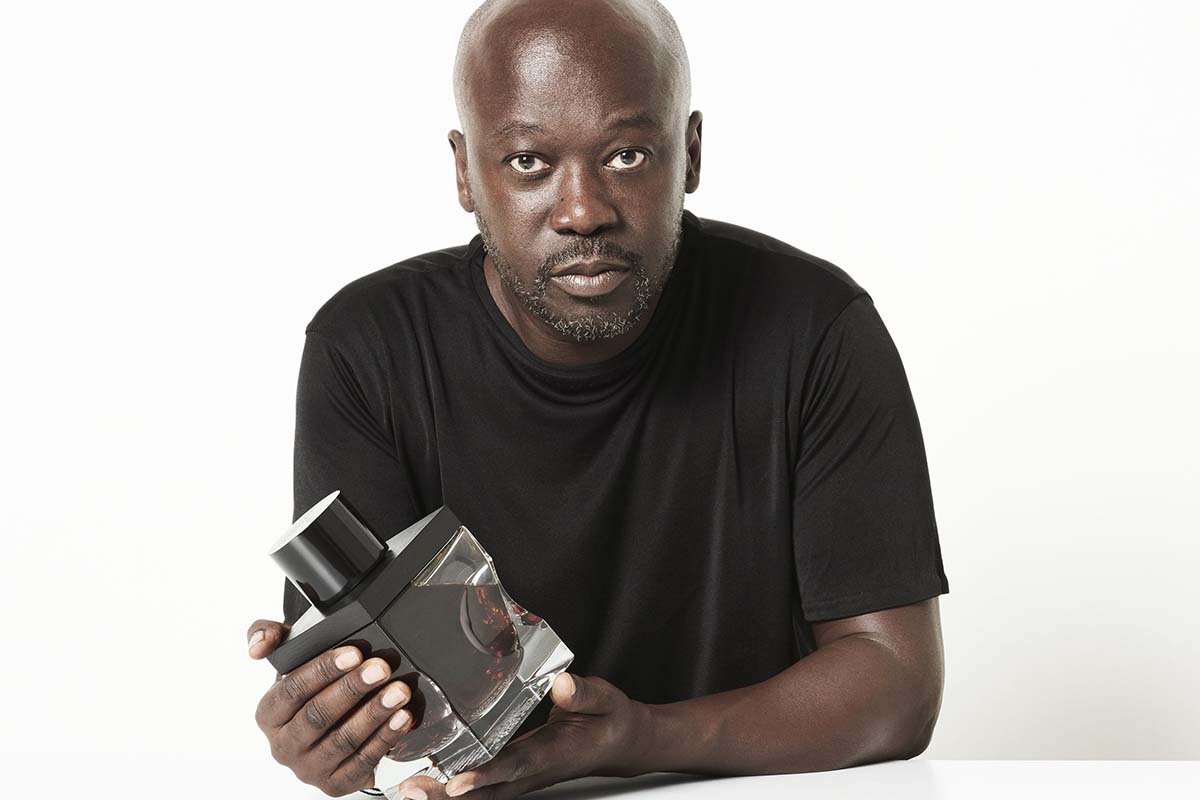
Still, a big age statement and museum-level presentation (that slotted oak pavilion hosts a handblown decanter) means nothing if the liquid doesn’t hold up.
And I had questions — I’ve tried whisky even a third of that age that loses balance and depth, often coming across as too oaky or syrupy. If the wood is going to provide at least two-thirds of the flavor here, as Rankin and his cousin, G&P’s head of sales Richard Urquhart, suggest, how is it surviving for eight decades?
“Maturation isn’t a straight line, it’s a curve,” explains Urquhart. “As it gets older, maturation slows down, and changes become more subtle.”
It turns out these casks, laid down in 1940, have been heavily monitored for a while; some “sister” casks to this release were actually used in a 2011 bottling. Still, as Urquhart admits. “If you asked our great-grandfather [who put this whisky in a first-fill sherry butt], and this would have exceeded his expectations of how long the casks would hold up.”
And the design of the American oak casks certainly helped. “The coopers in Spain were using extra thick staves,” explains Rankin, “Which helped the casks survive extended shipping.” The bonus of that design choice is that the angel’s share — AKA the amount of whisky lost each year to evaporation — is not the 2% rule of thumb, but closer to 1%.
So, the liquid via Glenlivet Distillery, from cask 340, laid down on February 3, 1940 by George Urquhart (who was once dubbed the “father of single malt”), is now ready for the world (also, after a year delay due to Covid-19). How does it taste?
It’s incredible.
A modest 44.9% strength, the whisky is a vibrant dark amber/gold, with floral notes, orange zest and even a hint of smoke — which is not a common Speyside characteristic today. There’s an oily, syrupy texture here that’s not off-putting, but rather enticing. On the palate, you’ll get cherry, licorice and a bit of an herbal note, followed by spice, dried fruit and more smoke (though not a lot) on the finish. Most importantly, the flavors and aromas seem to shift a bit with every sip (follow-up tastings of my admittedly tiny sample bottle yielded notes of baked apple, mint, dates, walnut, sweet toffee and marzipan). It’s far more complex and interesting than I’d dared hope.
The price of the available 250 bottles won’t be revealed until after the Sotheby’s auction of decanter no. 1 on October 7th. However, a rep for that auction house suggests their bottle — which, again, benefits a charity devoted to rewilding the Scottish Highlands — should grab “around $800,000 to 1.5 million HK$” during their sale, which is about $100,000 to $200,000.
Join America's Fastest Growing Spirits Newsletter THE SPILL. Unlock all the reviews, recipes and revelry — and get 15% off award-winning La Tierra de Acre Mezcal.

